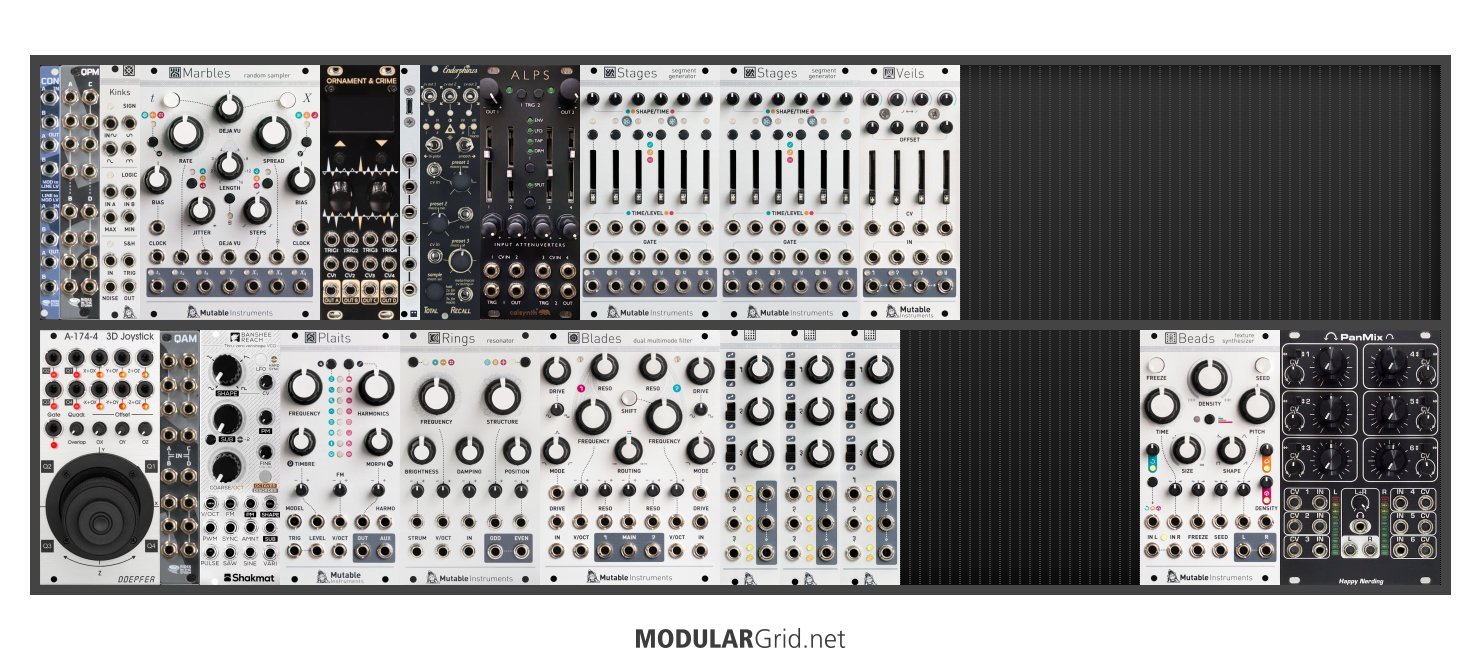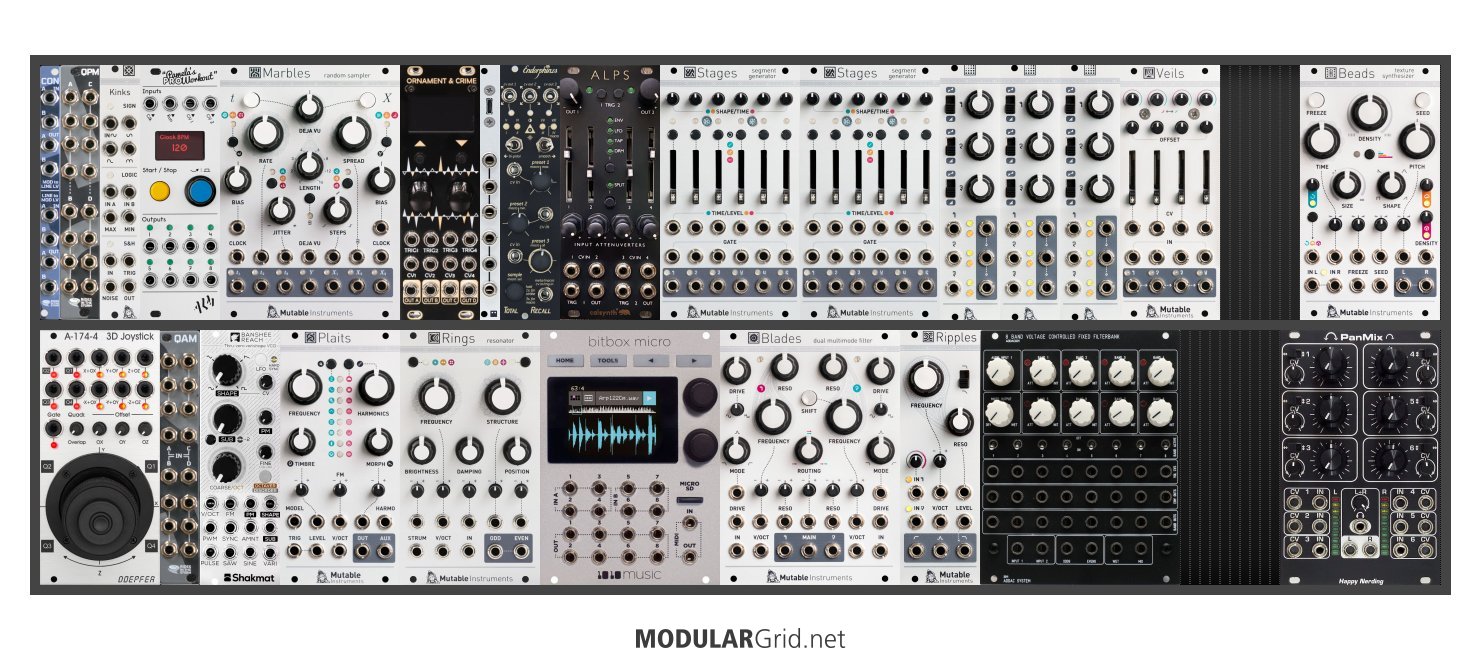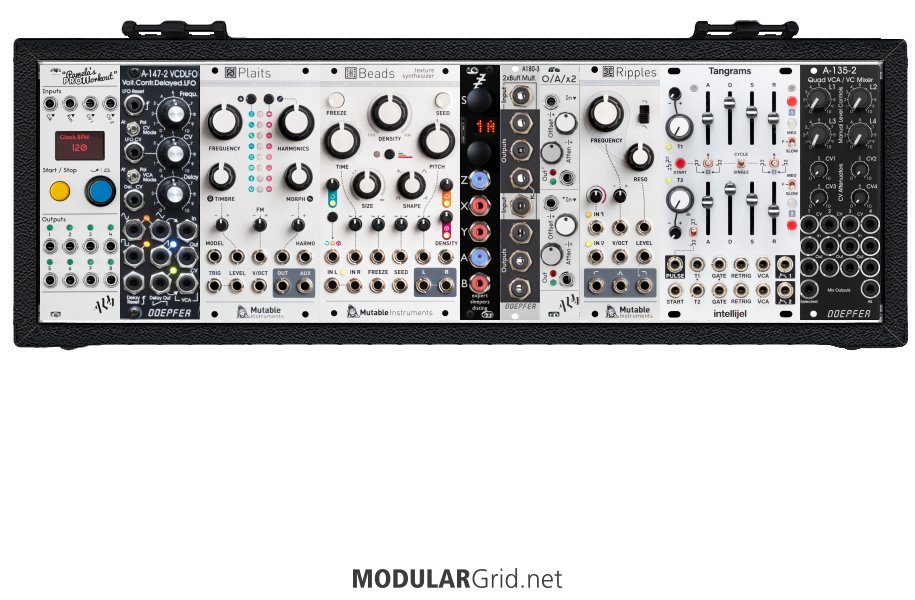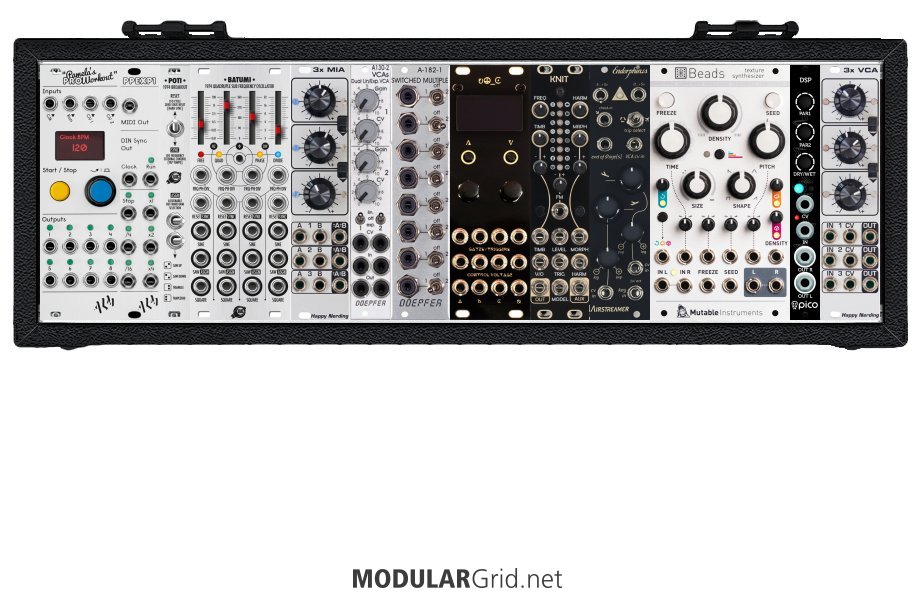- the reason for this is it can easily get really expensive and often an external drum machine makes much more sense... obviously I haven't got much - as I have an external drum machine, an external drum synthesizer (both midi only though - which is a pain) and in rack drums - and at least 3 ways to sequence them!!!
I have the Pulsar 23, which I have not tried yet but should sync up ok using OXI one and Clock in/out, just wanted the Case to have it all so I can take it with me to my jams etc and not have to take everything else, but thats not very often these days.>
>
the fx aids are still digital - the advantage over the mfx is the sheer number of different algorithms that are available - about 200 iirc and Igor doesn't seem to stop adding them... the advantage of getting the fx aid pro 1st is the screen, if you then get another and want to occupy less space - you can opt for one of the smaller ones (depending on how many modulation inputs you want etc) and then rearrange the algos on the pro so that the 1st 32 algos are the same as on the smaller model - this way you can easily work out which algo you are using on the smaller one (which just uses leds to signify the position)
I think the FX pro aid will be plenty to get on with, probably get the MFX later but will have a better look.
I'd grab a couple - they're very useful - and probably soon after a happy nerding 3*MIA (which you'll want for modulation - once you start using the Maths properly - see the 'maths illustrated supplement' - you'll use the middle section of maths whilst patch programming)
I'll get a couple, Playing about tonight, I could use them
I've been watching some tutorials on Maths, starting to get my he round it a bit and started using it, experimenting.
if I were you I'd also grab a passive mult kit - and get your mate to teach you how to solder - it's not that difficult!!! and then build the mixers yourself!!! soldering is a very handy skill to have!
like this one https://www.rakits.co.uk/product/passive-multiple-kit/
it looks ideal. I would love to get back into soldering, done it years ago, sure I could get the hang of it. Watching the video on the mixer and I'm sure I could manage that.
I was looking at filter, probably just leave that the now to have a better look bu the Doepfer wasp one looks good and would be different from Qpas.
after watching some videos on the Wasp, I think I prefer the Ladder type like Instruo, but again, will take my time and check them out. Qpas came today an just checking it out..sounds awesome. Experimenting with Pams and I'm getting some great random stuff happening :)
hahaha... you think I'm saving you money... I'm really just reallocating it!!!
Yep, thats true but more wisely than I was doing before and better for what I need.
Once I pick up my stuff on Wednesday, I'll have my Envelopes and VCA's sorted for time being, that's what I wanted and then just take my time learning. the delay will be handy too.
Learned a lot..great help )
-- JimHowell1970

